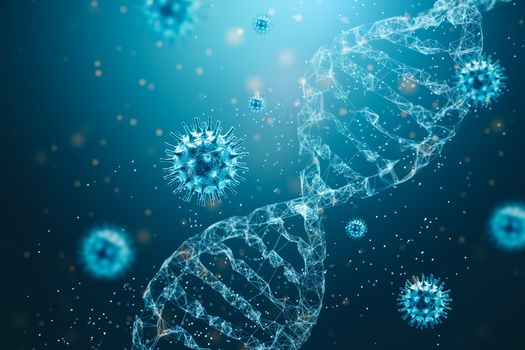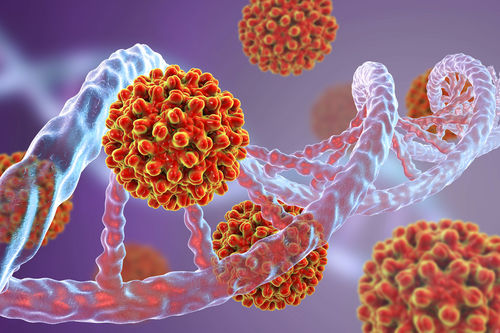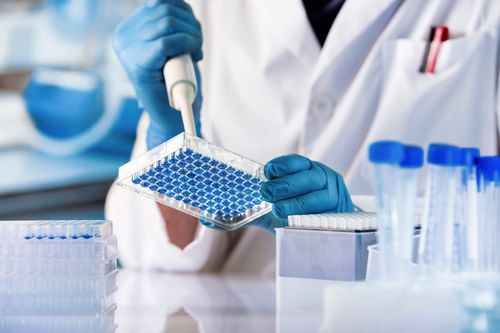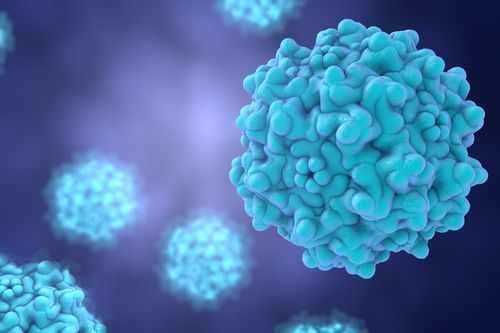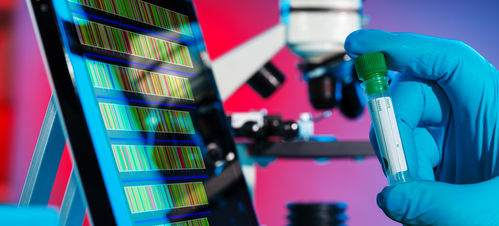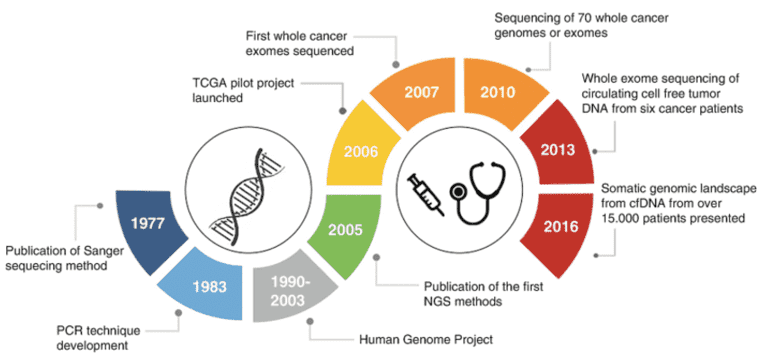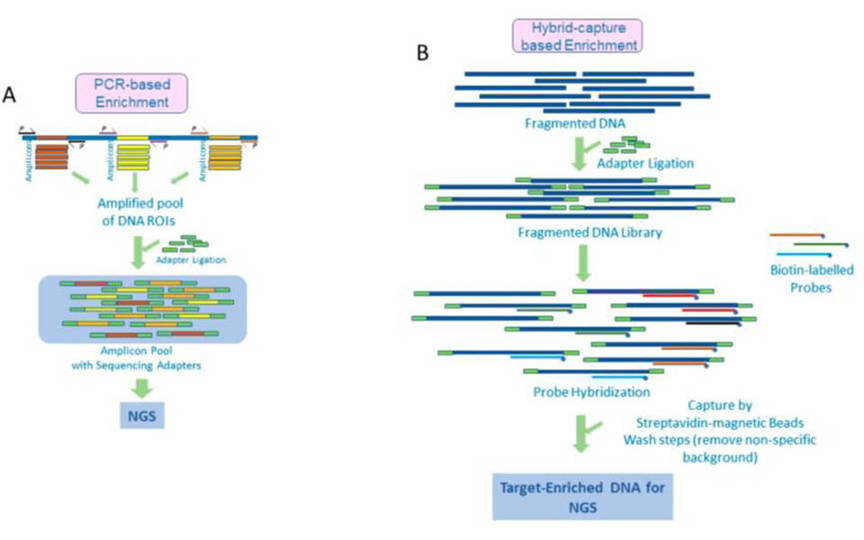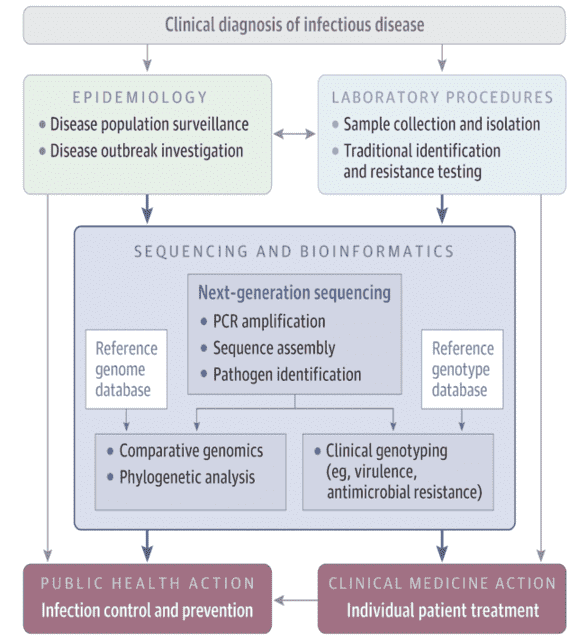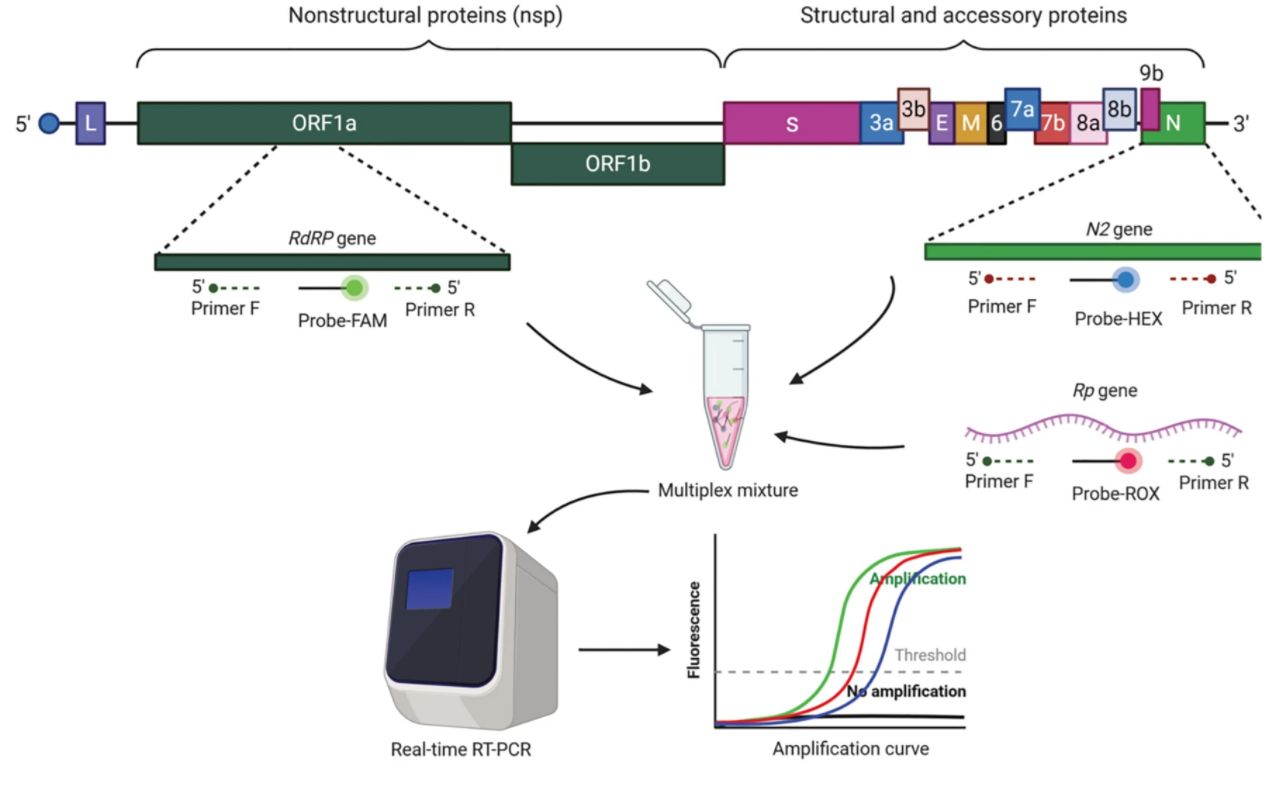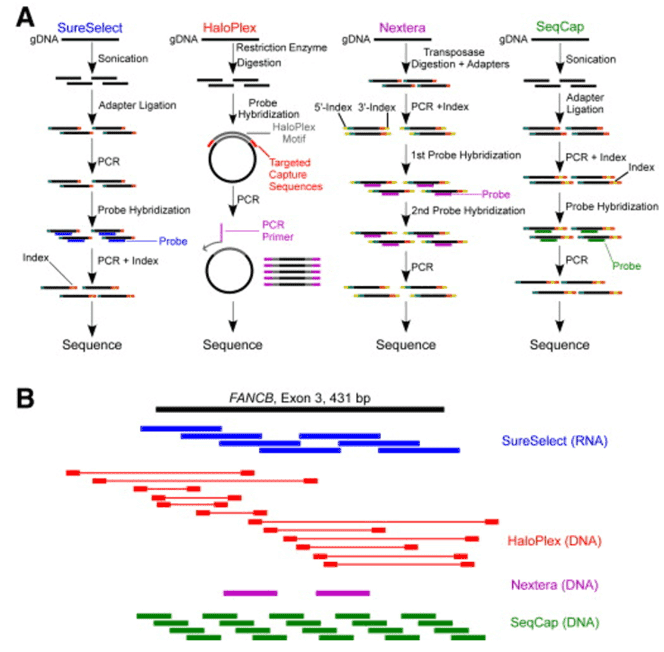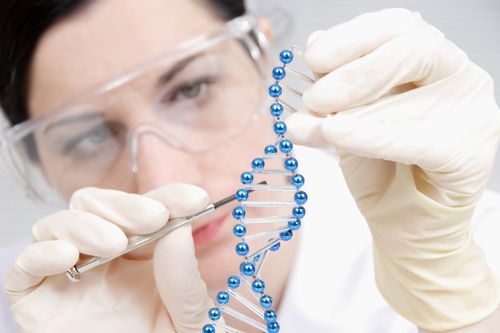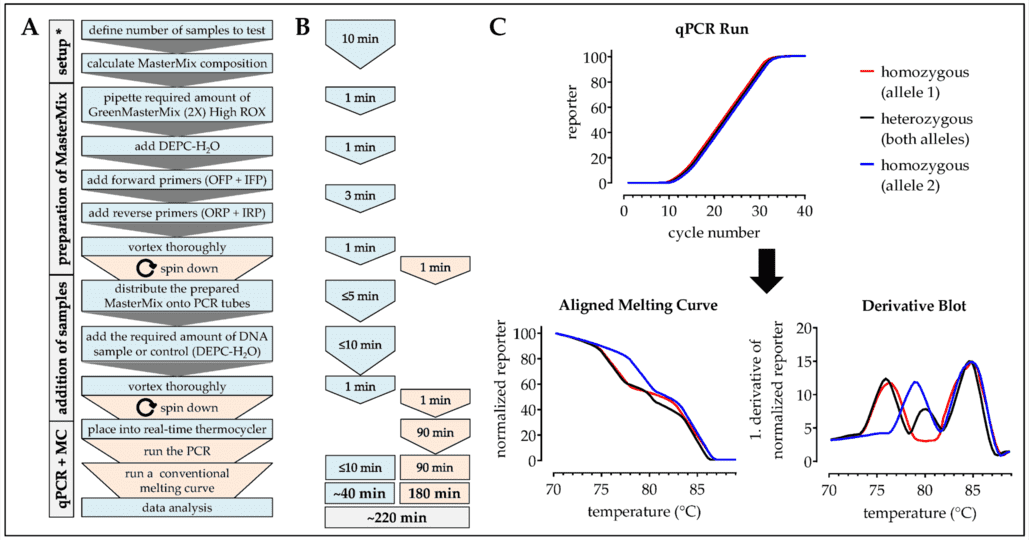Custom Achromatopsia Panel
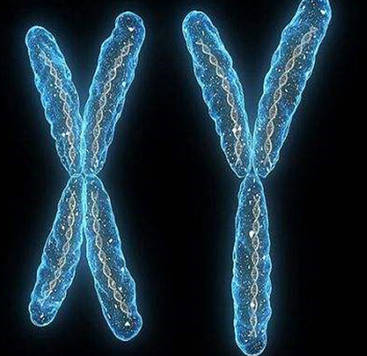
What is achromatopsia?
Achromatopsia is a congenital disease described as a partial or total absence of color vision. It affects about 1 in 30,000 patients all over the world. As a consequence, achromatopsia is associated with strongly impaired daylight vision, photophobia, nystagmus and a lack of color discrimination. Subjects present nystagmus, reduced visual acuity, photoaversion and reduced or absent color vision at birth or early infancy. Any remaining molecularly unconfirmed cases of ACHM may actually be misdiagnosed cases of atypical cone-rod dystrophy.
Disease-related gene description
Currently, six genes have been linked to achromatopsia. The pathogenic gene mutants in ATF6, CNGA3, CNGB3, GNAT2, PDE6C or PDE6H have been identified. CNGA3, located on chr2q11.2, encodes a member of the cyclic nucleotide-gated cation channel protein family which is required for normal vision and olfactory signal transduction. Mutations in this gene are associated with achromatopsia and color blindness. CNGB3 is located on chr 8q21.3. CNGB3 encodes the beta subunit of a cyclic nucleotide-gated ion channel. The encoded beta subunit appears to play a role in modulation of channel function in cone photoreceptors. Mutations in the CNGB3 gene underlie approximately 50% of achromatopsia cases. Most of the CNGB3 mutations are frame-shift deletions, insertions, nonsense or splice-site mutations. Up to 80% of mutations in CNGA3 and CNGB3 may affect the conserved cyclic nucleotide-monophosphate (cNMP) domain which is involved in the cyclic nucleotide mediated activation of the protein. Sequence variants of CNGA3 and CNGB3 gene encoding the alpha and beta subunits of the cone-specific cyclic nucleotide-gated ion channel affect the phototransduction pathway that is associated with achromatopsia. ATF6 gene is located on 1q23.3. Mutations in ATF6 are recently identified in some subjects with achromatopsia who are negative for mutations in the aforementioned phototransduction genes. The ATF6 protein encodes an endoplasmic reticulum (ER) localized transcription factor that helps maintain ER homeostasis, as a part of the unfolded protein response (UPR). ATF6 is activated upon ER stress to transcriptionally upregulate ER chaperones and ER protein folding enzymes that help alleviate ER stress and restore cellular homeostasis. Disease-causing sequence variants in ATF6 result in dysfunction of this critical signaling pathway. This seems especially detrimental to photoreceptor cells which are among the most metabolically active cells in the human body.
To support clinical researches on ATF6 and other achromatopsia pathogenic genes, our custom achromatopsia panel platform offers an all-sided achromatopsia panel library that can meet the individual requirements for you. We provide an amplicon-based enrichment method for targeted next-generation sequencing (NGS), which can build a fast workflow and customize the gene panel you are interested in.
Custom achromatopsia panel offers but are not limited to:
-
We provide the Illumina MiSeq and Ion PGM systems with amplicon sequencing technology for unprecedented coverage uniformity and accurate resequencing.
-
Amplicon sequencing analysis uses multiplex PCR to offer a fast library construction for target gene sequencing. As little as 10 ng of DNA input can generate highly specific custom primers.
-
Our platform provides convenient sample preparation and short experimental period.
-
Our platform allows high throughput target to be rapidly completed with minimal samples and cost-savings.
-
We can rapidly complete the workflow from DNA to variants in just 2 days.
-
We will ensure the validity of the detected genetic variants.
-
You can customize the achromatopsia panel through our achromatopsia gene library, or you can contact us with your specific order, then we can draft your own panel.
Choose the genes that suit you from the achromatopsia gene list
| ATF6 |
CACNA1F |
| CNGA3 |
CNGB3 |
| CNNM4 |
GNAT2 |
| OPN1MW |
OPN1LW |
| OPN1SW |
PDE6C |
| PDE6H |
RPGR |
Specimen requirements of our custom achromatopsia panel
- Specimen: extracted DNA, whole blood, FFPE tissue, FNA.
- Input type: DNA, RNA.
- Volume: 10 mL whole blood, 1 μg DNA.
- Collection: blood is collected by routine blood collection and saliva is collected by spitting into the provided container. DNA samples are stored in TE buffer or equivalent.
- Container: lavender-top (EDTA) tube or yellow-top (ACD) tube.
- Variant types: SNPs, indels, CNVs and fusions.
Gene panel workflow

For more information about the Custom Achromatopsia Panel or need other amplification requirements, please contact us.
References:
- Remmer MH, Rastogi N, et al. Achromatopsia: a review. Curr Opin Ophthalmol. 2015 Jul;26(5):333-40.
- Michalakis S, Schön C, et al. Gene therapy for achromatopsia. J Gene Med. 2017 Mar;19(3).
- Zelinger L, Cideciyan AV, et al. Genetics and Disease Expression in the CNGA3 Form of Achromatopsia: Steps on the Path to Gene Therapy. Ophthalmology. 2015 May;122(5):997-1007.
* For research purposes only, not intended for clinical diagnosis, treatment, or individual health assessments.
Related Services
Related Products
Related Resources


